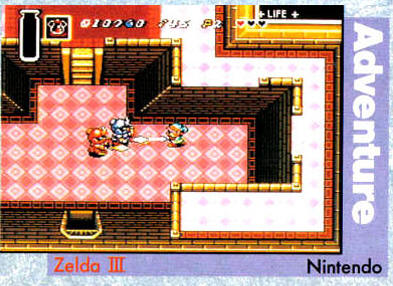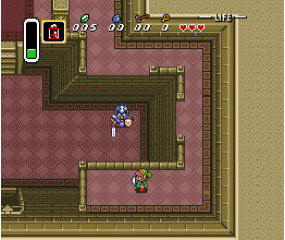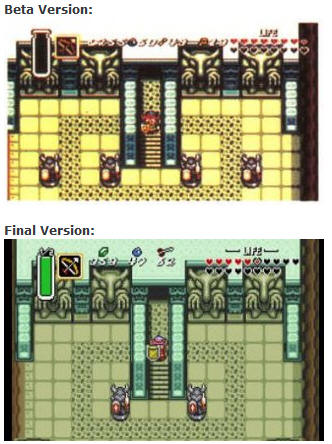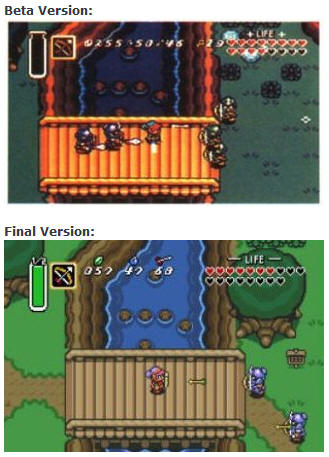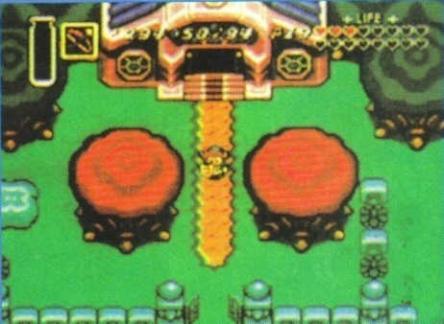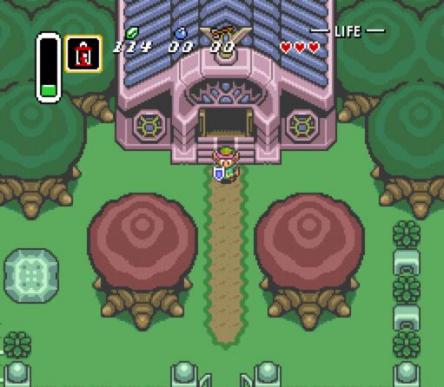![]()
Twilight Princess is the second Zelda released for GameCube (and the first for Wii), it had a long development cycle of nearly four years and the final game turned out to be a lot different from what was first revealed in 2004. Some areas and dungeons were removed, while the surviving sections were heavily modified.
The game was developed by the same team that created the cel-shaded Wind Waker, and as a result some things were re-used, such as the games battle and movement systems. It’s possible to find some unused items in the game-code, like the original Wind Waker baton and the Spoils Bag from WW.
As we can read from an interview with Aonuma on GameInformer:
I should point out that this is something we actually considered during the development of Twilight Princess. We had an early iteration of the wolf transformation where you couldn’t transform when in front of other characters that could see you. We thought this would be an interesting way to address exactly the thing you’re bringing up here, but what we found in practice was that it was simply too troublesome. So for purely practical game reasons we decided to avoid that.
Gabrielwoj discovered that probably all the WindWaker items were to be used in the game, but only the models have been found. (see them below).
For more infos, check the Zelda: Twilight Princess Beta Analysis
Thanks to Jay for the english corrections! Thanks to KEK8, Jamie, Z3LER, gabrielwoj and Shadowdorothy for the contributions!
You can find more info about The Legend Of Zelda: Twilight Princess in the Zelda Wiki!
Images:
Update Images: Wind Waker Items (click on them to open on a new tab)




 (there actually some 4 copies of the same bottles)
(there actually some 4 copies of the same bottles)










It’s possible to see some of them on the videos on below, example? The Bomb Plants, it uses the same model…
The unused items:

The Hookshot (The only 3D Zelda that don’t have Hookshot [there is only a Clawshot, similar to Hookshot, but not the same)]

Elixer Soup from the Wind Waker

The Mirror Shield (the Only 3D Zelda that doesn’t have Mirror Shield)

Probably, Navi on a Bottle

Poe on a Bottle (Just like Zelda Ocarina of Time)
Videos:

